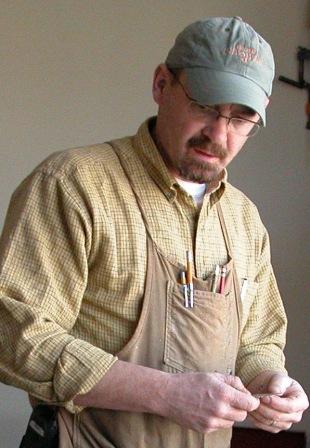I sat in a richly red cathedral, fire lapped the ceiling, stillness cloaked the walls in ethereal, unrelenting silence. This cathedral was last inhabited about 800 years ago and I now was only a visitor - an interloper. I left and gave the stillness to itself, and the sanctuary to those who made it their home and headed back down the wash.
Comb Ridge rises in the south-eastern desert of Utah. It is an immense monolithic, solid sandstone formation tilted at an angle of about 20 degrees running north/south about 80 miles (128 km) long (or longer, depending on the perspective), and about one mile (1.6 km) wide. Geologically speaking the Comb is a monocline — a great crack, a fold in the Earth's crust created by a slow slippage of deeply buried tectonic plates some 65 million years ago.
On the western side it drops vertically 800 to over 1,000 feet (245 to 300 m) to Comb Wash. On the eastern side it drops gently into Butler Wash. For the entire length, it is a slickrock playground, a geologic masterpiece, a natural history museum, and a archaeologist's dream. The dryness preserves the past as if time happened yesterday.
Both Butler Wash and Comb Wash flow into the San Juan River which cuts through Comb Ridge between Bluff and Mexican Hat. 
Yet, there is water here. I found it everywhere; hidden in the creases, folded along the frozen and tiled dunes, sitting in cool huecos high on the ridge. The lost would die here, the wanderer would live wonderfully. The Anasazi, the Ancestral Puebloans not only wandered here, they lived here for thousands of years and their mark is still on the land. This is what I came to see and in this wash I found their hand prints on the walls, their kiva walls standing, and the places where they ground their corn and straightened their arrows. Here they grew squash, beans, and corn; hunted small game with finely woven nets, raised turkeys making intricate woven feather blankets, and painted beautiful pots, the shards of which make you long to see the original.
(more next post)
Wednesday, September 05, 2007
Comb Ridge - Post One, the Place
Posted by
Art
at
3:53 PM
![]()
Labels: Anasazi, Comb Ridge, geology, get out there, travel
Subscribe to:
Post Comments (Atom)
Leave A Comment
Hey! Leave a comment - good, bad, short, long, whatever. I'd like to hear from you.



No comments:
Post a Comment